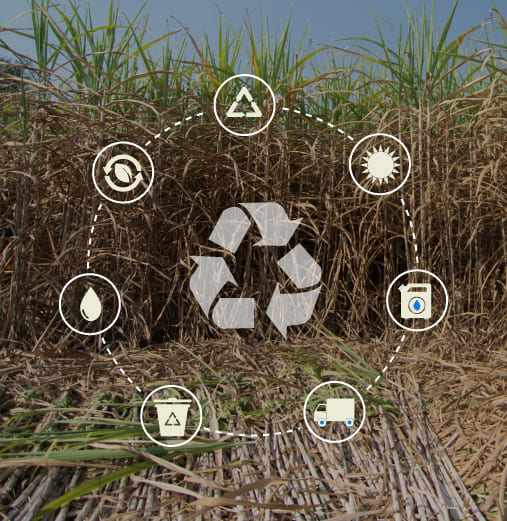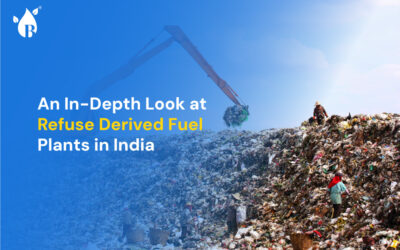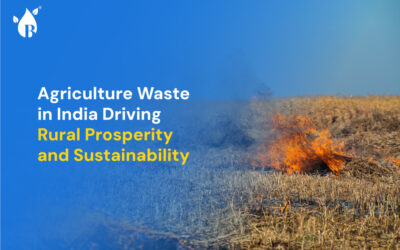
On an average, a nuclear family generates a bin full of waste every 2-3 days from activities in the home. If that’s the amount of waste our homes are generating, how much waste do you think huge agricultural farmlands generate?
A lot. ~1.4 million tonnes of agricultural waste everyday.
Why Do Farms Generate So Much Agricultural Waste?
A significant portion of agricultural waste is from crop residue. During harvest, only a part of the crops are cut off and used. Leaves, stalks, and stems, are left behind in the fields. Crops like rice and wheat, which are the most used foods in India, have a lot of residual materials. Rice crop alone contributes to 34% of crop residues.
Animal manure, spoiled crops, and unsold produce also become part of the waste. These farm waste materials pile up. With no way to dispose of the waste, farmers burn them. This is also called stubble burning.
It reduces the volume of waste and makes it easy to manage. But it has too many negative impacts on the environment and human health. It contributes to air pollution, soil degradation, biodiversity loss and more. It’s essential to find alternative methods of waste management.
What are Zero Waste Farms?
Like a zero waste household, a zero waste farm is where waste from one part of the farm becomes a resource for another part. Crop residue can become livestock feed and also bedding for animals. Animal waste can be used as fertiliser for soil. Spoiled crops can be composted.
The goal of zero waste farming is to create a closed-loop system. This helps the farm be more self-sufficient and reduces the need for external resources. It helps farmers save money and protect the environment.
At times, despite these practices, a lot of agricultural waste remains. In these cases, it can be used for biofuel or biogas production. It reduces dependence on fossil fuels and adds economic benefits for farmers.
Zero Waste Farms Help Reduce Carbon Emissions
Composting organic waste diverts a lot of waste from ending up in landfills. If left to rot in landfills, it produces methane, a greenhouse gas. Composting reduces these emissions. The compost also replaces chemical fertilisers which have energy-intensive and carbon-heavy production processes.
Crop residue contains nutrients like nitrogen, phosphorus and potassium. Converting these nutrients into compost also improves soil health. Nutrition-rich soil decreases the need for ploughing. Ploughing machines run on fossil fuels which are major contributors to carbon emissions.
Zero waste farms utilise energy-efficient sources like solar panels, wind turbines and lessen their dependence on polluting sources of energy.
Challenges of Zero Waste Farming
Converting a farm into a zero waste farm comes with a lot of challenges. The hardest is changing the mindset of farmers who are used to doing things a certain way. Nudging them to adopt the new techniques and processes isn’t easy. Being mindful of the waste, finding new outlets to repurpose the waste, and creating composting systems need understanding, time and energy.
Until we figure out easier ways to implement zero waste farming techniques, farmers can dispose of their agricultural waste to biofuel manufacturers. They can get rid of their waste, make a secondary income, without contributing to air pollution.
It’s time to take a step towards a sustainable future and convert farms into zero waste farms. It may be hard to believe now but closing the loop will indeed benefit farmers multifold. It will reduce disposal costs, increase crop yield, improve soil health, and better self-sufficiency. All while making a positive impact on the environment.



